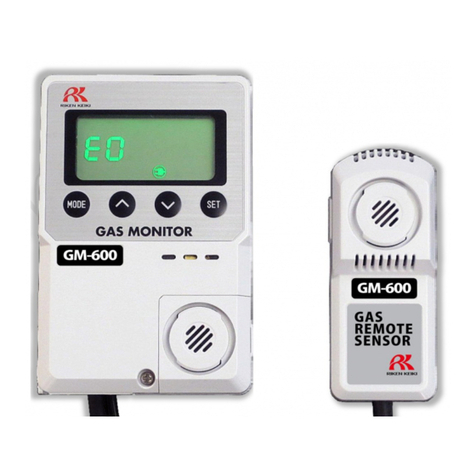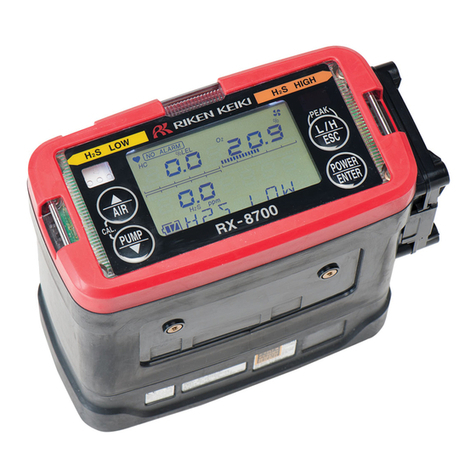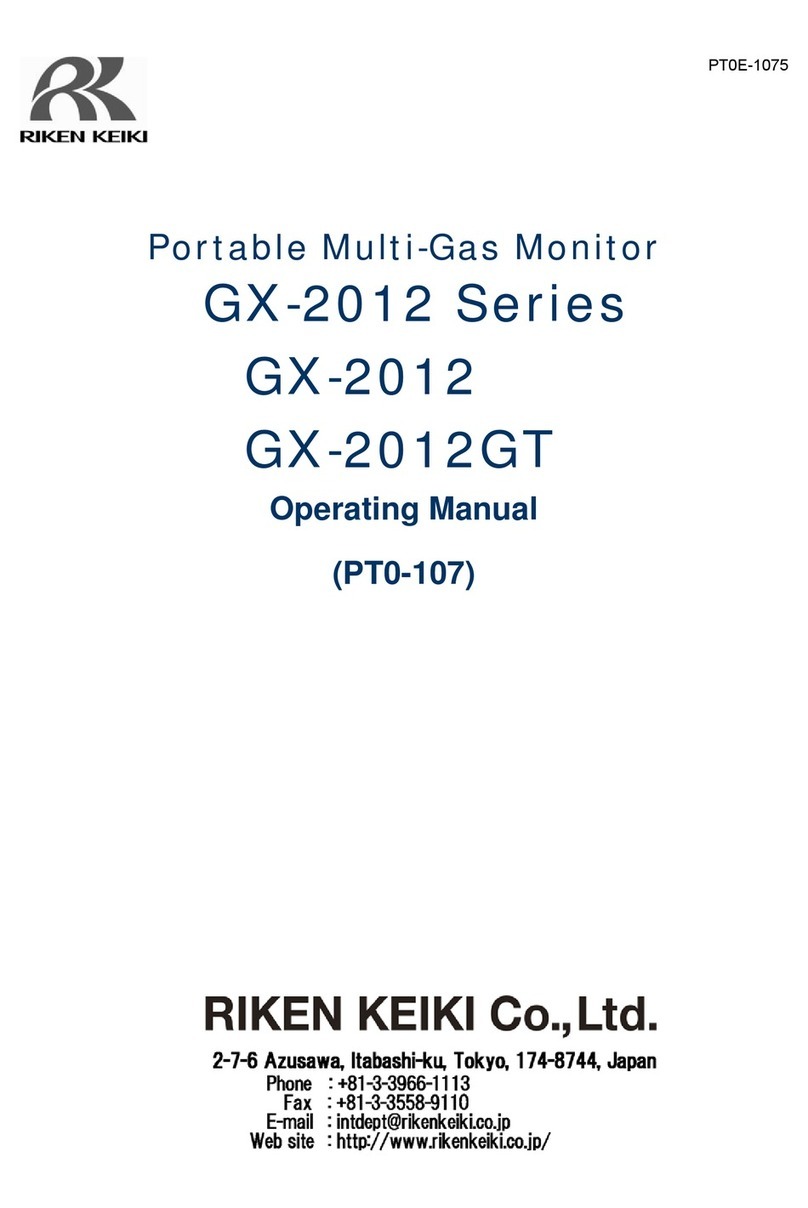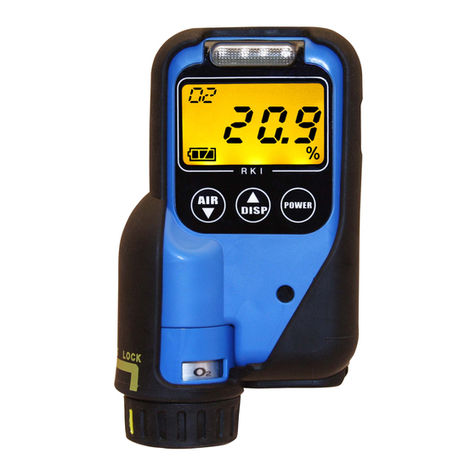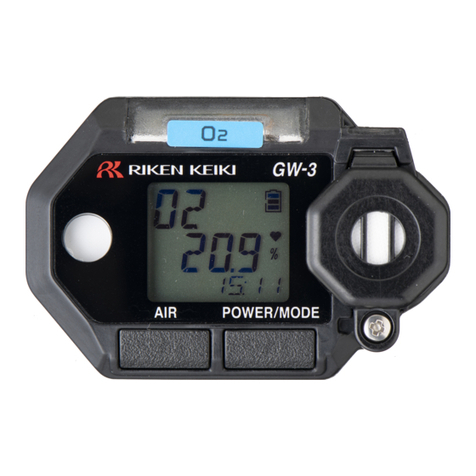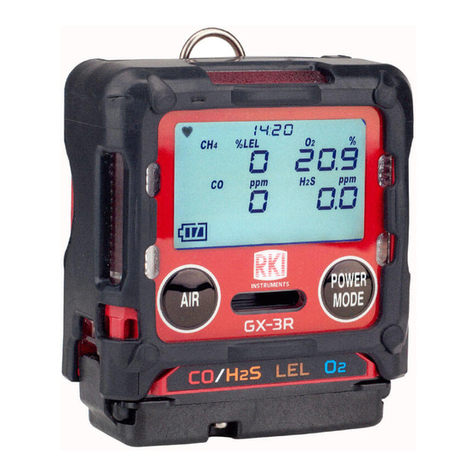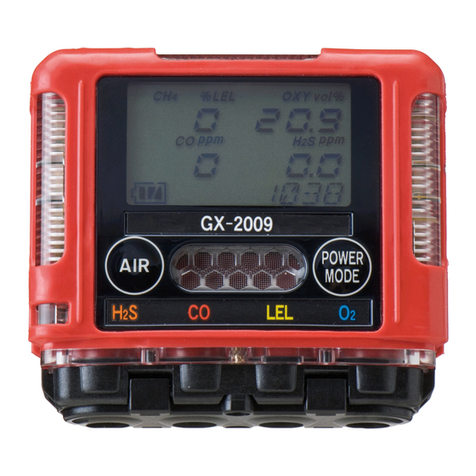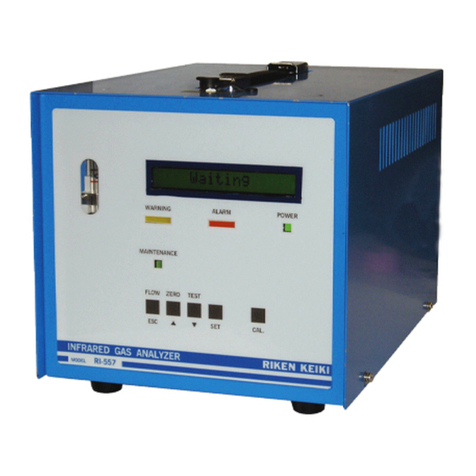
FP-300AGZS - 2 -
<Contents>
1 Outline of the Product .............................................................................................. 4
1-1. Overview ................................................................................................................. 4
1-2. Precautions ............................................................................................................. 5
2 Product Functions ................................................................................................... 8
2-1. List of accessories ................................................................................................... 8
2-2. Block diagram .......................................................................................................... 9
2-3. Outline drawing ....................................................................................................... 10
2-4. Part names .............................................................................................................. 11
2-4-1. Front panel .............................................................................................................. 11
2-4-2. Rear panel ............................................................................................................... 12
2-4-3. Operation panel ....................................................................................................... 13
3 How to Use .............................................................................................................. 14
3-1. Handling precautions for installation ........................................................................ 14
3-2. Tubing ..................................................................................................................... 15
3-3. Wiring ...................................................................................................................... 16
3-3-1. Precautions ............................................................................................................. 16
3-3-2. Terminal diagram ..................................................................................................... 16
3-4. Gas detection tape cassette .................................................................................... 17
3-4-1. Handling gas detection tape cassette ...................................................................... 17
3-4-2. Managing gas detection tape cassette .................................................................... 19
3-4-3. Returning gas detection tape cassette .................................................................... 19
4 How to Operate ....................................................................................................... 20
4-1. Preparation .............................................................................................................. 20
4-1-1. Check items ............................................................................................................. 20
4-1-2. Power input ............................................................................................................. 20
4-1-3. Power-on ................................................................................................................. 21
4-1-4. Attaching gas detection tape cassette ..................................................................... 21
4-1-5. Flow rate .................................................................................................................. 21
4-2. Operation ................................................................................................................. 22
4-3. Simple check of alarm setpoint ................................................................................ 23
5 Functions ................................................................................................................. 24
5-1. LCD display ............................................................................................................. 24
5-1-1. Display format ......................................................................................................... 24
5-1-2. Gas concentration display ....................................................................................... 25
5-2. Alarm function ......................................................................................................... 26
5-2-1. Gas alarm ................................................................................................................ 26
5-2-2. Alarm activation timing chart ................................................................................... 27
5-3. External output ........................................................................................................ 28
5-3-1. External output contact ............................................................................................ 28
5-3-2. External signal output (4 - 20 mA) ........................................................................... 30
5-3-3. External output operation ........................................................................................ 30
6 Maintenance ............................................................................................................ 31
6-1. Daily maintenance ................................................................................................... 31
6-2. Regular maintenance .............................................................................................. 31
6-3. How to replace gas detection tape cassette ............................................................ 31
6-4. Maintenance mode .................................................................................................. 32
6-4-1. Alarm test ................................................................................................................ 34
6-4-2. LCD contrast adjustment ......................................................................................... 35
6-5. List of recommended regular replacement parts ..................................................... 36
